You’ve been blessed with a sunny day in the midst of a chilly season; the first thing that comes to mind is taking your hoofed confidant out for a joyous ride to celebrate the weather. Maybe you’re off to compete in the championships with an eagerness to bring back that first-place prize. Or perhaps you’re bringing home a new equine partner for the very first time.
Whatever it may be, loading up the tack and hittin’ the road can be a frequent occurrence that requires owners to trailer their horses time and time again.
Whether you’re an equestrian expert or new to horse ownership, horse trailering safety is an important procedure that you (horse included!) should practice consistently.
Routine Maintenance
This is a crucial step for your trailer AND towing vehicle. Horse owners often focus on the maintenance of their trailer, but the safety of both owner and horse requires regular inspection of the towing vehicle itself. Avoid any opportunity for travel failure by ensuring that your vehicle is properly serviced and well-maintained first. Once you’ve marked that off, you can proceed with checking your trailer next. Routine trailer check-ups include:
- Sufficient tire inflation and no sign of dry rot cracks
- Checking all lights (marker, tail, brake, directional and interior)
- Ensuring welds, safety chain welds and snaps are in good condition
- Inspection of brakes and breakaway brake system
- Inspect wheel bearings and hubs for any looseness, wear or damage and service if needed
- Greasing hitch ball as needed
Practice Makes Perfect
The loading process can be stressful if not practiced and prepared for prior to your journey. Even the most obedient horse can succumb to trailering stress if he/she has gone a couple seasons without travel.
If you’re not a frequent traveler, it is necessary that you practice loading and unloading several times a year as a refresher for your horse.
Especially for those who have recently purchased a new trailer, take the time to familiarize your horse with their new travel surroundings before you load-up.
If your horse is not familiar with trailering, start by taking a few short trips so you can gauge their reaction to the trailering process.
Traveling Safety
Owners might find that their horses differ when it comes to the trailering process. Some horses take to trailering naturally, while others are often traumatized by the experience. Prepping your trailer so that your horse is comfortable and secure can help steer clear of ‘hitch-ups’ while you’re en route.
Before loading a horse in your trailer, inspect the interior of the trailer. Make sure there are no protruding objects or anything that is possibly loose that could move about and startle or injure the horse, including butt bars, saddles, tack and other equipment. Once the horses are loaded, make sure the dividers are tightly secured.
As a horse owner, you know your horse best and can work to make the loading and traveling process as comfortable as possible for your horse. General advice includes keeping airflow and light optimal for creating a calm environment for your horses. Ventilation is especially critical during warm, sunny days, so open windows and vents.
It’s recommended that you check your horses after about 10 minutes of towing and then at least once per hour thereafter. For longer trips, you may even want to stop and let the horses out of the trailer for a while. Overall, you need to be patient and let them take their time as they become familiar with the trailer and hauling.
